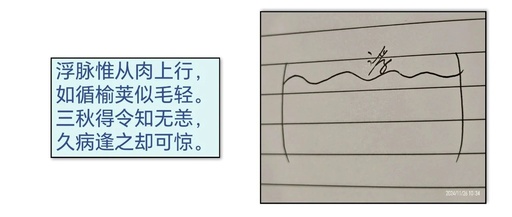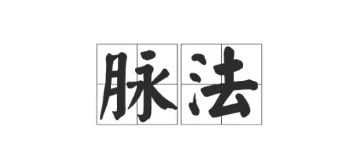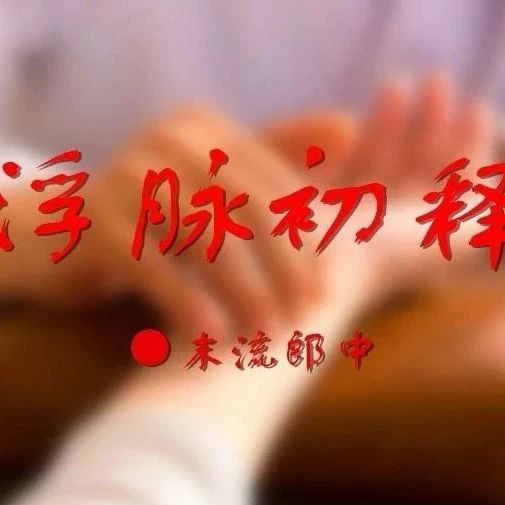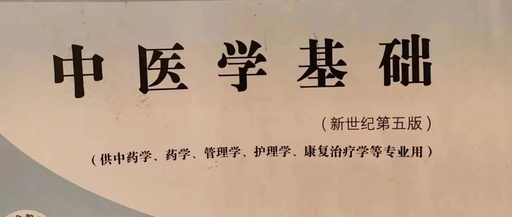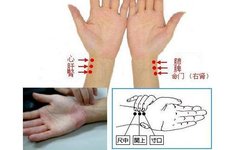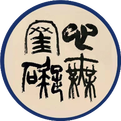The Floating Pulse: An Insight into TCM Pulse Diagnosis
Floating Pulse is characterized by a strong presence when lifted and a weak presence when pressed (as stated in the Pulse Classic). It resembles the gentle breeze ruffling the feathers on a bird’s back, light and fleeting (a description of its subtlety), akin to the floating of the Yuan (Elm) pods (as mentioned in the … Read more

